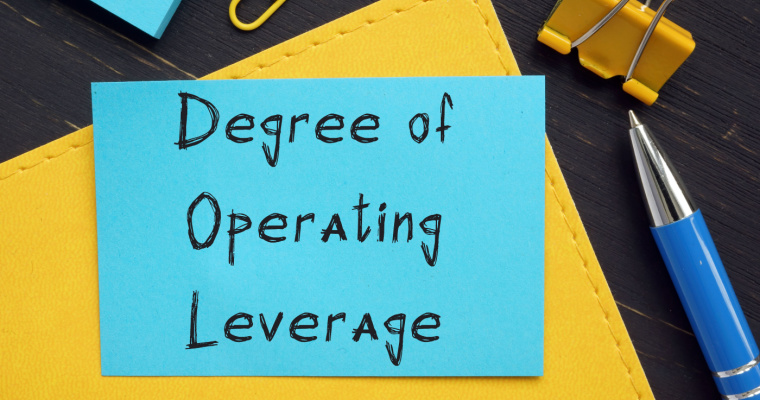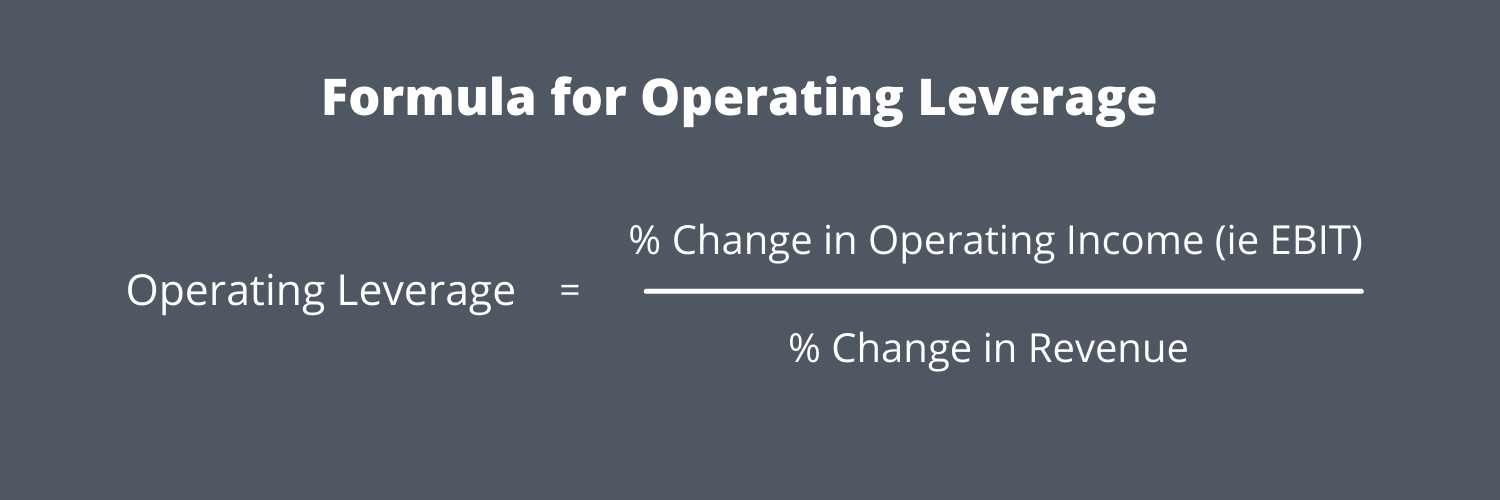After the collapse of dotcom technology market demand in 2000, Inktomi suffered the dark side of operating leverage. As sales took a nosedive, profits swung dramatically to a staggering $58 million loss in Q1 of 2001—plunging down from the $1 million profit the company had enjoyed in Q1 of 2000. Therefore, high operating leverage is not inherently good or bad for companies. Instead, the decisive factor of whether a company should pursue a high or low degree of operating leverage (DOL) structure comes down to the risk tolerance of the investor or operator. In addition, in this scenario, the selling price per unit is set to $50.00, and the cost per unit is $20.00, which comes out to a contribution margin of $300mm in the base case (and 60% margin). If all goes as planned, the initial investment will be earned back eventually, and what remains is a high-margin company with recurring revenue.
What is the Difference Between Operating Leverage and Financial Leverage?
Read on to learn how to calculate DOL and how different it is from financial leverage. This relation between sale and profit also applies when it turns a negative way. The profit will decrease by 1.315 times of the amount of sale decrease. Another accounting term closely relates to the degree of operating leverage. It wouldn’t be wrong to say that high DOL is the companion of good times. Your profitability is supercharged by high DOL when business conditions and economic circumstances are favorable.
Return on Investment (ROI): Definition, Usage, Formula, and Example
That’s why we highly recommend you check out our otherfinancial calculators. We will need to get the EBIT and the USD sales for the two consecutive periods we want to analyze. In this case, it will be the 1st quarter, 2020 and the2nd quarter, 2020.
How Does Cyclicality Impact Operating Leverage?
Or, if revenue fell by 10%, then that would result in a 20.0% decrease in operating income. Suppose the operating income (EBIT) of a company grew from 10k to 15k (50% increase) and revenue grew from 20k to 25k (25% increase). This variation of one time or six-time (the above example) is known as degree of operating leverage (DOL). However, if the sales decrease from 1,000 units to 500 units (50% decrease), the EBIT will decrease from $2,500 to 0). Finally, if the sales below 500 units, the company will be at loss position. The degree of operating leverage allows the investors to understand many factors regarding to the company.
- This structure provides stability, as lower fixed costs mean the company doesn’t require high sales volumes to cover its expenses.
- Financial leverage is a more relative measure of the company’s debt for acquiring the fixed assets to use.
- There are many alternative ways of calculating the degree of operating leverage.
- The more fixed costs there are, the more sales a company must generate in order to reach its break-even point, which is when a company’s revenue is equivalent to the sum of its total costs.
Companies with high risk and high degrees of operating leverage find it harder to obtain cheap financing. Operating leverage and financial leverage are two very important concepts in accounting. Operating leverage is when a company uses fixed costs in order to increase its operating profits.
By contrast, a retailer such as Walmart demonstrates relatively low operating leverage. The company has fairly low levels of fixed costs, while its variable costs are large. For each product sale that Walmart rings in, the company has to pay for the supply of that product. As a result, Walmart’s cost of goods sold (COGS) continues to rise as sales revenues rise. For example, a software business has greater fixed costs in developers’ salaries and lower variable costs in software sales. In contrast, a computer consulting firm charges its clients hourly and doesn’t need expensive office space because its consultants work in clients’ offices.
The degree of operating leverage (DOL) measures a company’s sensitivity to sales changes. The higher the DOL, the more sensitive operating income is to sales changes. The degree of operating leverage (DOL) is used to measure sensitivity of a change in operating income resulting from change in sales.
Operating leverage and financial leverage are two types of financial metrics that investors can use to analyze a company’s financial well-being. Financial leverage relates to the use of debt financing to fund a company’s operations. A company with a high financial leverage will need to have sufficiently high profits in order to pay off its debt obligations. Financial leverage is a measure of how much a company has borrowed in relation to its equity.
Operating leverage is a measure of how fixed costs, such as depreciation and interest expense, affect a company’s bottom line. The higher the operating leverage, the greater the proportion of fixed costs in the company’s structure and the more sensitive the company is to changes in revenue. Financial leverage, on the other hand, is a measure of how debt affects a company’s financial stability. The higher the financial leverage, the greater the proportion of debt in the company’s capital structure and the more exposed the company is to interest rate risk.
This will ensure periodic checking of DOL to make sure it is not changing. However, in DOL, the derived proportion of sales only works with a limited range, which may become a problem. If sales increase beyond this limit, a business may increase its production resulting in a rise in net of tax definition and meaning the fixed cost structure. The operating leverage is important because it measures the impact of sale change on the operating income. For example, if a company has a high degree of operating leverage, it means the change in the sale has a huge impact on the company operating profit.








